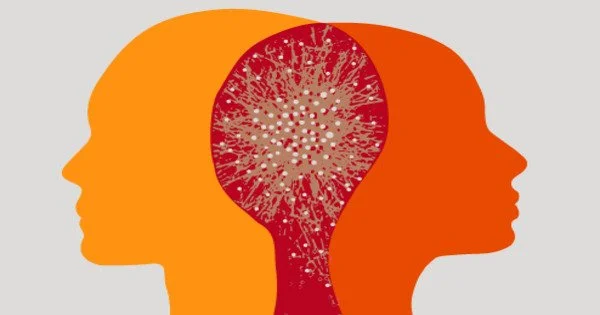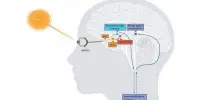Social neuroscience is a branch of neuroscience that studies the neural mechanisms underlying social behavior and social cognition. It seeks to understand how the brain processes and represents social information, how social behavior is regulated by the brain, and how social interactions and experiences affect brain function. It combines concepts and methods from neuroscience, psychology, biology, and other related disciplines to investigate how social processes and experiences are represented in the brain.
Social neuroscience is an interdisciplinary field that studies the connection between social experiences and biological systems. Humans are fundamentally a social rather than a solitary species. As a result, Homo sapiens form emergent organizations that extend beyond the individual, such as dyads, families, and groups, as well as cities, civilizations, and cultures. Various social influences, such as life events, poverty, unemployment, and loneliness, have been shown in studies to influence health-related biomarkers.
One of the main goals of social neuroscience is to understand how the brain processes and responds to social information, such as facial expressions, emotions, and social cues, and how these processes are related to social behavior. For example, social neuroscience research has explored the neural mechanisms underlying empathy, social cognition, and decision-making.
Social neuroscience draws on a wide range of techniques and approaches from neuroscience, psychology, and related fields, such as functional magnetic resonance imaging (fMRI), electroencephalography (EEG), transcranial magnetic stimulation (TMS), genetics, and behavioral studies. Through these techniques, social neuroscientists investigate topics such as empathy, social decision-making, social influence, social learning, social reward, and many other aspects of social behavior.
The term “social neuroscience” can be traced back to a quarterly publication called “Social Neuroscience Bulletin” that was published between 1988 and 1994. The term was later popularized in a 1992 article by John Cacioppo and Gary Berntson in the American Psychologist. Cacioppo and Berntson are widely regarded as the founding fathers of social neuroscience. Social neuroscience is a relatively new field that focuses on how the brain mediates social interactions. It is closely related to affective neuroscience and cognitive neuroscience. Social cognitive neuroscience investigates the biological underpinnings of social cognition.
The findings of social neuroscience research have significant implications for a variety of fields, including psychology, sociology, economics, philosophy, and even law and public policy. They shed light on the neural basis of social behavior and provide insights into how individuals and groups interact, how social norms and values are formed and maintained, and how social inequality and prejudice arise and can be addressed.
















